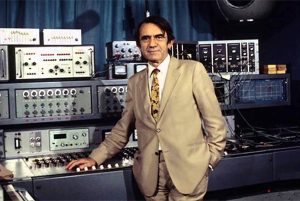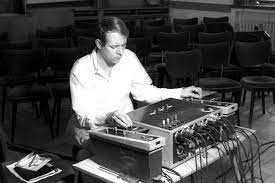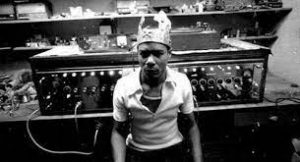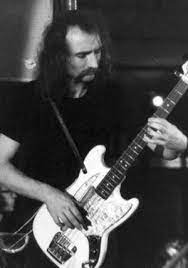Audio Manipulation
The practice of audio sampling has long roots in various experimental methods. Here are some examples.
Pierre Schaeffer
The French composer Pierre Schaeffer sometimes referred to as the Godfather of modern sampling developed an experimental form of music called “musique concrète” in the 1940s. He used sounds from sources such as human bodies, locomotives and kitchen utensils to create sound collages which were then manipulated on tape by splicing them together with other pieces or recording new material onto existing recordings. To playback these creations he created what is now known as Phonograms—playing loops at 12 different pitches triggered via keyboard performance. 
Cage, Varèse, Stockhausen
 Composers including John Cage, Edgar Varèse and Karheinz Stockhausen created new sounds with musique concrète. Bebe used it in the creation of his first electronic film soundtrack for Forbidden Planet (1956). The techniques were brought to mainstream audiences by BBC’s Radiophonic Workshop who produced soundtracks such as Doctor Who that are still listening to today!
Composers including John Cage, Edgar Varèse and Karheinz Stockhausen created new sounds with musique concrète. Bebe used it in the creation of his first electronic film soundtrack for Forbidden Planet (1956). The techniques were brought to mainstream audiences by BBC’s Radiophonic Workshop who produced soundtracks such as Doctor Who that are still listening to today!
Dub Reggae
Dub and reggae music was first introduced to the world in a more modern way by producers such as King Tubby, who used recordings from Jamaica to create riddim tracks which were then deejayed over. These innovations would later influence American hip hop artists who would rap over sampled beats.
Czukay
 Holger Czukay, the bass player with the legendary Greman ban Can, experimented with Dictaphones and shortwave radios showing that sound samples could become a major tool in music production.
Holger Czukay, the bass player with the legendary Greman ban Can, experimented with Dictaphones and shortwave radios showing that sound samples could become a major tool in music production.

